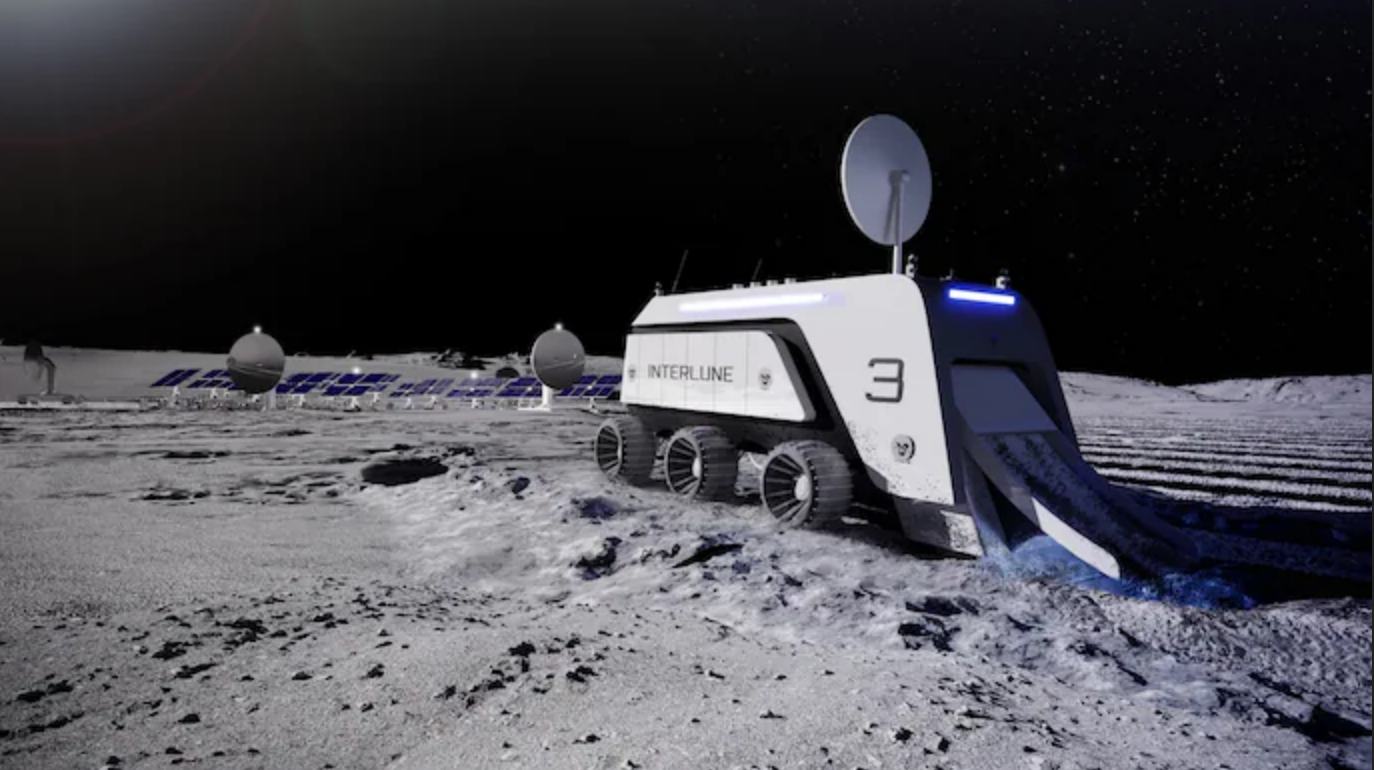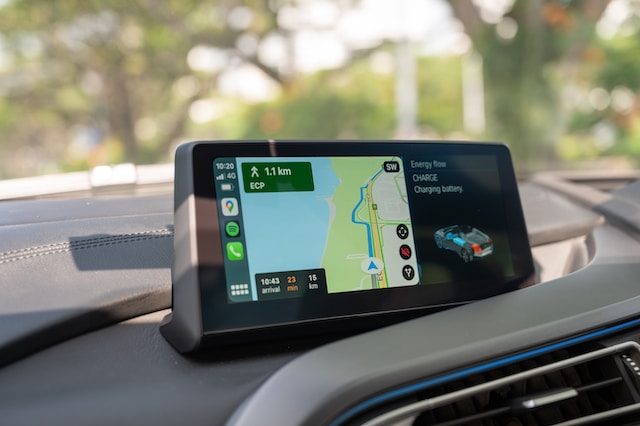Got about $5,000 to spare? Parabolic flights create “Zero G” weightlessness and they’re open to the public.
Zero gravity flights have been a part of NASA’s astronaut training program for decades. They earned the name “vomit comet” back in 1959 when astronauts were training in a C-131 Samaritan aircraft.
But new private, non-governmental, commercial crew and cargo transport vehicles now being developed by dozens of companies around the world may mean the days of using “reduced gravity aircraft” to simulate weightlessness are numbered. The maneuvers used to simulate zero gravity will likely continue, though.
In parabolic flight, a plane performs a series of climbs and dives; up to 32,000 feet, down to 24,000 feet, repeat. During the dive time passengers on these planes experience weightlessness for about 20 seconds.
The price tag of a “Zero G” flight gives you about an hour and a half of the climb and dive experience. The following video shows passengers on a parabolic flight:






